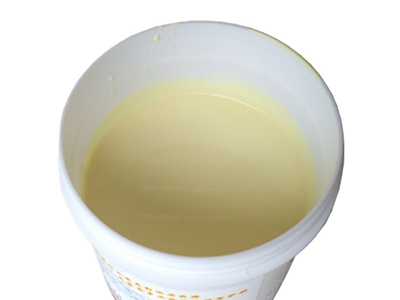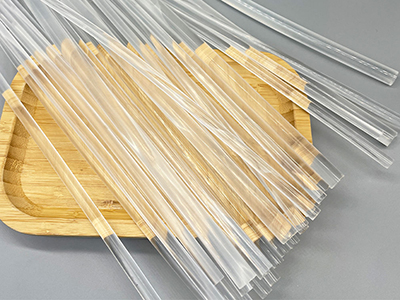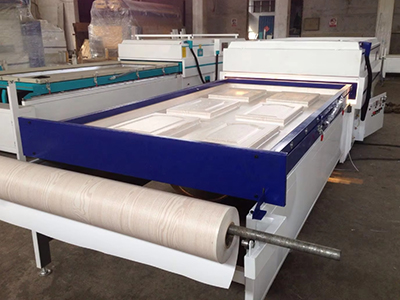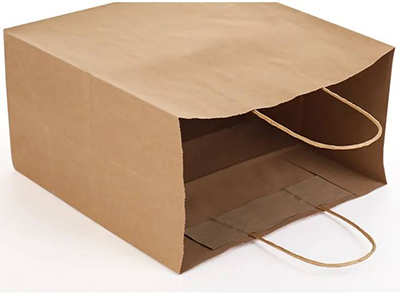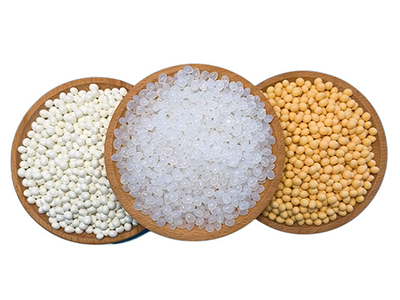Cold press adhesive is a type of adhesive used primarily in woodworking, specifically for laminating veneer to wood substrates without the need for heat. Unlike hot press adhesives, cold press adhesives cure at room temperature, making them suitable for applications where heat is either impractical or undesirable.
Characteristics of Cold Press Adhesive
- Room Temperature Curing: Cold press adhesives cure at ambient temperatures, eliminating the need for specialized heating equipment.
- Strong Bonding: They provide strong, durable bonds suitable for high-quality woodworking applications.
- Ease of Use: Easy to apply with standard woodworking tools such as rollers, brushes, or spreaders.
- Versatility: Compatible with a variety of substrates, including wood, MDF (Medium Density Fiberboard), and particleboard.
Common Types of Cold Press Adhesives
- PVA (Polyvinyl Acetate) Glue
- Properties: Water-based, non-toxic, and easy to clean up.
- Applications: Widely used for veneering, laminating, and general woodworking.
- Benefits: Provides a strong bond, dries clear, and has a moderate open time for adjustments.
- Urea-Formaldehyde Glue
- Properties: High strength and rigid bond; requires an acid catalyst for curing.
- Applications: Often used in high-strength applications such as plywood and laminated veneer lumber (LVL).
- Benefits: Excellent for structural bonding and resistant to moisture and heat once cured.
- Contact Cement
- Properties: Bonds instantly on contact without the need for clamping.
- Applications: Used for bonding large surfaces such as laminates and veneers to substrates.
- Benefits: Provides a very strong bond, suitable for high-stress areas.
Applications of Cold Press Adhesive
- Veneering
- Description: Bonding thin layers of wood veneer to a substrate like MDF or particleboard.
- Benefits: Provides a high-quality finish that mimics solid wood.
- Laminating
- Description: Joining multiple layers of material to create a composite with enhanced properties.
- Benefits: Increases the strength and stability of the material.
- Cabinet and Furniture Making
- Description: Used in the assembly and construction of cabinets, furniture, and other wood products.
- Benefits: Ensures durable, long-lasting bonds in finished products.
- Paneling
- Description: Bonding decorative panels to walls or furniture surfaces.
- Benefits: Enhances the aesthetic appeal and durability of surfaces.
Advantages of Cold Press Adhesive
- No Heat Required: Suitable for heat-sensitive materials and environments without heating equipment.
- Cost-Effective: Eliminates the need for expensive pressing and heating equipment.
- Convenient: Easy to apply and use, especially in smaller workshops or for on-site applications.
- Consistent Results: Provides reliable bonding strength and quality.
How to Use Cold Press Adhesive
- Surface Preparation: Ensure the surfaces to be bonded are clean, dry, and free of dust and contaminants.
- Adhesive Application: Apply a uniform layer of adhesive to the substrate using a roller, brush, or spreader.
- Positioning: Place the veneer or laminate onto the adhesive-coated substrate.
- Pressing: Use clamps or a vacuum press to apply consistent pressure across the entire surface to ensure good contact and bonding.
- Curing: Allow the adhesive to cure at room temperature according to the manufacturer’s instructions, ensuring adequate time for a strong bond to form.
By following these steps and selecting the appropriate cold press adhesive for your specific application, you can achieve strong, durable bonds in woodworking and laminating projects.


